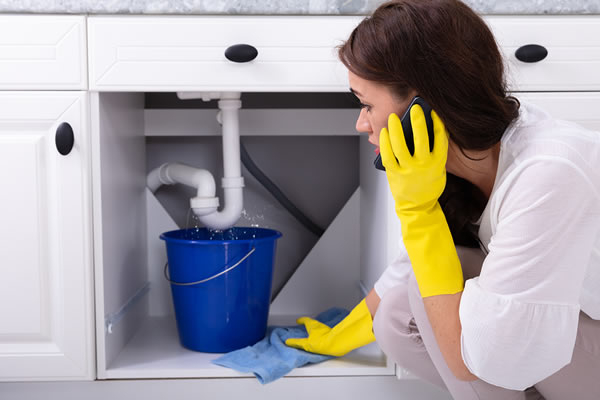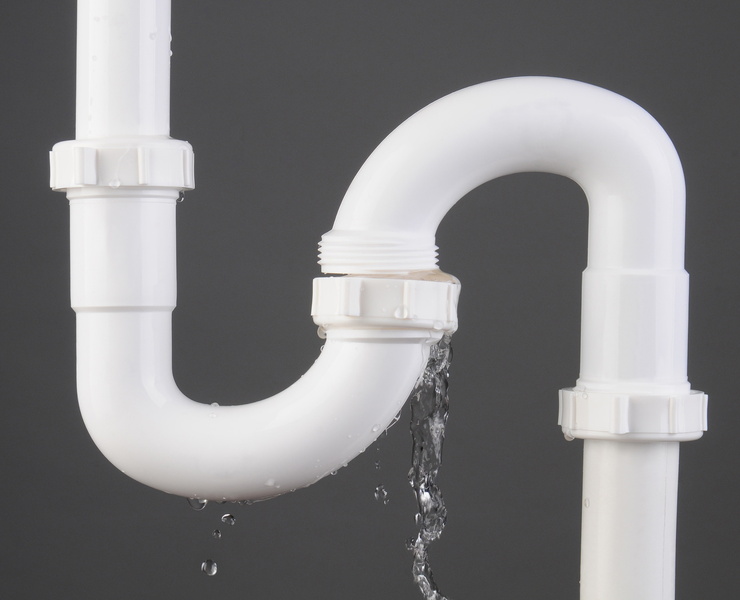Guide To Water Leakage Discovery In Your Home
Guide To Water Leakage Discovery In Your Home
Blog Article
Almost everyone maintains their private conception with regards to Hacks to detect leaks.

Early detection of leaking water lines can alleviate a prospective catastrophe. Aside from saving you money, it will certainly lessen the stress and stress. The minute you locate a leakage, calling your plumber for repairs is the most effective option. Nonetheless, some small water leakages may not show up. Below are some hacks that help if you can not find it with your nude eyes.
1. Examine the Water Meter
Every home has a water meter. Checking it is a guaranteed way that helps you find leakages. For beginners, turn off all the water sources. Guarantee no one will certainly flush, utilize the faucet, shower, run the cleaning device or dishwashing machine. From there, most likely to the meter as well as watch if it will alter. Considering that no one is using it, there should be no motions. If it relocates, that suggests a fast-moving leak. Similarly, if you find no changes, wait an hour or more as well as inspect back once more. This means you might have a slow-moving leak that might also be below ground.
2. Inspect Water Consumption
If you detect sudden changes, in spite of your intake being the exact same, it implies that you have leaks in your plumbing system. An abrupt spike in your costs indicates a fast-moving leak.
A stable increase every month, also with the same practices, reveals you have a slow leak that's also gradually intensifying. Call a plumber to completely inspect your home, especially if you feel a warm location on your flooring with piping underneath.
3. Do a Food Coloring Test
30% comes from bathrooms when it comes to water usage. Test to see if they are running appropriately. Decline flecks of food shade in the container as well as wait 10 mins. If the shade somehow infiltrates your bowl throughout that time without flushing, there's a leakage in between the container and bowl.
4. Asses Exterior Lines
Don't forget to examine your outside water lines too. Test spigots by affixing a yard pipe. Ought to water seep out of the link, you have a loosened rubber gasket. Change this as well as guarantee all connections are limited. It will certainly help get it expertly analyzed and kept yearly if you have actually obtained a sprinkler system. One small leak can lose lots of water and increase your water bill.
5. Inspect and also Evaluate the Scenario
House owners must make it a habit to check under the sink counters as well as also inside cabinets for any type of bad odor or mold and mildew development. These 2 warnings indicate a leak so prompt focus is called for. Doing regular inspections, even bi-annually, can conserve you from a major trouble.
Examine for discolorations and also deteriorating as most pipes and devices have a life span. If you suspect dripping water lines in your plumbing system, don't wait for it to rise.
Early detection of dripping water lines can mitigate a prospective calamity. Some tiny water leakages might not be noticeable. Inspecting it is a guaranteed method that helps you discover leaks. One little leakage can lose heaps of water as well as surge your water expense.
If you presume leaking water lines in your plumbing system, don't wait for it to rise.
How to Know If Your Home Has a Hidden Leak
Water Meter Reveals Inexplicable Water Usage
If you’d like to test whether or not there’s a leak somewhere in your home, you can do this using your water meter. Here is how to conduct the test:
Don’t use any water in your home for at least 30 minutes; this also means not turning on faucets or water-using appliances.
Go outside, and check your water meter for activity.
If your water meter shows that there was activity, even though no one was using any water, this proves that there is a leak in your home.Visible Mold or Mildew Growth
Leaks behind walls create moist, dark environments that allow mold and mildew to grow and thrive. Eventually, you might see mold growth forming on the wall closest to a hidden leak.
If mold is growing in an area that receives a high amount of moisture, such as a bathroom, it may simply be an indication that better ventilation is needed. However, if you see mold growth on a wall or the ceiling in an area where you would not expect, you probably have a hidden leak.
Musty, Mildew Odor
Sometimes you might not be able to see the mold or mildew that is growing as a result of a leak. However, the smell can give the problem away just as easily. If you catch a whiff of something musty, there’s a good chance that old water is collecting somewhere in your home that you can’t see.
Stained/Warped Walls, Ceilings, or Floors
When your home soaks up water, a variety of red flags can become visible, including ceiling stains, bubbling drywall, warped walls, and sagging floors. While these issues can be caused by excess humidity, they can also be signs that a pipe or plumbing connection has started leaking behind your walls.
Inexplicably High Water Bill
After a while, you get a general sense for what your water bill should be. If you own a pool or sprinkler system, your bill will tend to be higher during summer. However, if you receive a water bill that seems especially high, and you can’t figure out what caused it, then you may have a hidden leak somewhere that’s increasing your bill.
https://www.plumbingjoint.com/blog/2019/july/how-to-know-if-your-home-has-a-hidden-leak/

We had been introduced to that write-up about Locating water leaks through a friend on a different web property. If you enjoyed our blog entry kindly do not forget to share it. We appreciate reading our article about Detecting hidden plumbing leaks.
Report this page